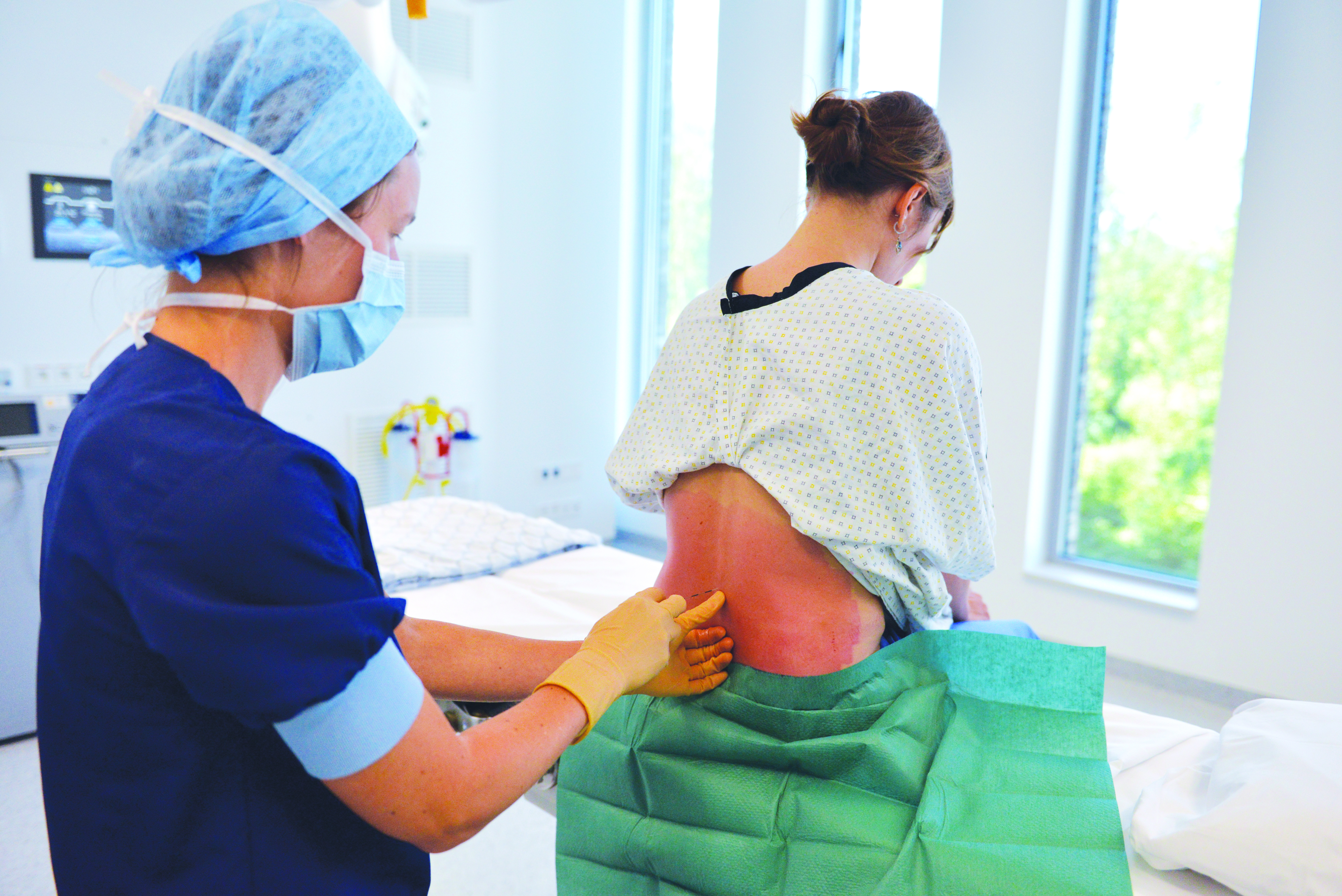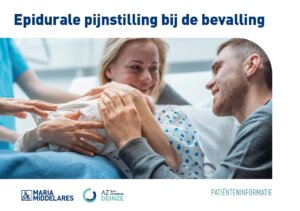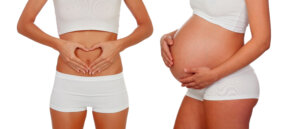Anaesthesia for the birthing process or a caesarean section

Spinal anaesthesia or 'epidural anaesthesia’ can provide very welcome relief from the pain. The pain medication administered via spinal anaesthesia is never harmful to the baby, neither during the labour nor after the birth. Spinal anaesthesia is never harmful to your health nor will it damage your back. Furthermore, the insertion of the spinal epidural will not cause the mother very much discomfort.
What does epidural anaesthesia do?
What does epidural anaesthesia do?The epidural removes the sensation of pain in the lower half of the body. You just press the button on the pain pump to easily adjust the pain medication levels according to your own needs. This will not only relieve your pain but, in most cases, you will also retain sufficient strength in your legs. You will be able to stand up, be on your hands and knees and go to the toilet by yourself. Due to the possibility of a slight loss of strength in your legs, we ask that you only walk around under the direct supervision of a midwife or your partner. This type of spinal anaesthesia — also called a walking epidural — differs greatly from the prior version which used to administer stronger doses of pain medication. Pregnant woman who received this earlier version did not have sufficient strength to walk around. Fortunately, this is no longer the case.
If a birth does not go according to plan and a caesarean section proves necessary, the anaesthesiologist will administer a stronger mix of pain medications via the epidural catheter. This will be necessary because a caesarean section is an operation. You will then no longer be able to move your legs. General anaesthesia (narcosis) is rarely required for a caesarean section.
Please see the leaflet below for additional information.
Only available in Dutch:

Epidurale pijnstilling bij de bevalling
DownloadCost estimate
Cost estimateCentres and specialist areas
Centres and specialist areas
Something wrong or unclear on this page? Report it.
Latest publication date: 13/08/2024
Supervising author: Dr Vanoverschelde Henk






